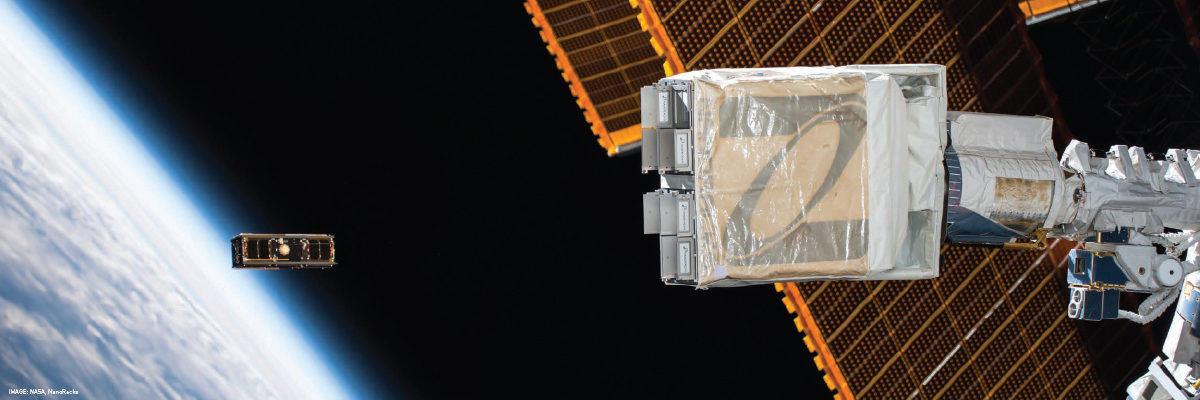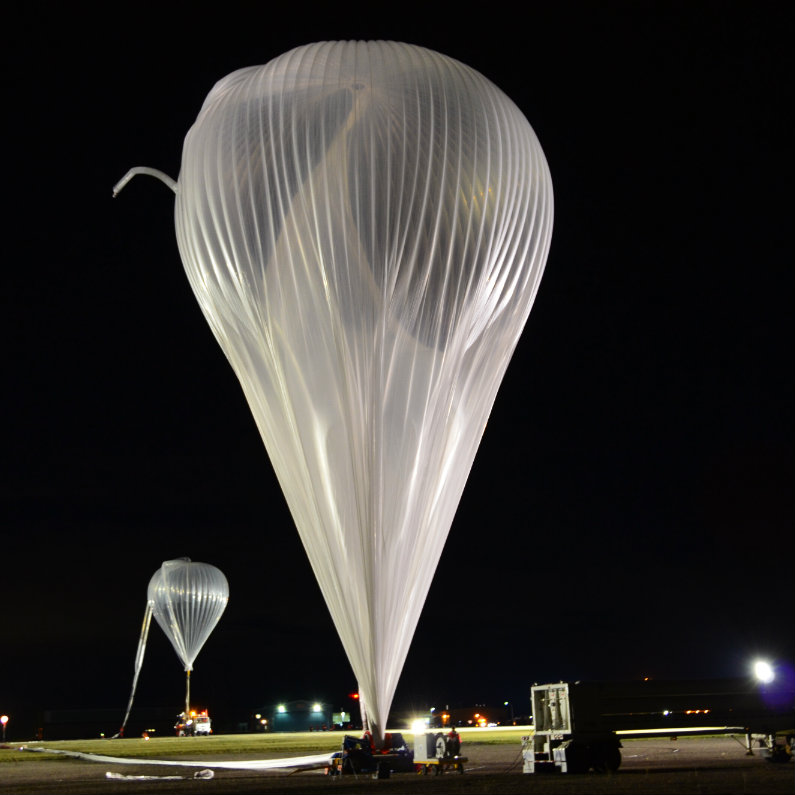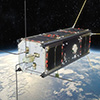AlbertaSat - The Building of Experimental Albertan #1 (Ex-Alta 1)

NASA's NanoRacks CubeSat Deployer.
Science and engineering students have built and launched Alberta's first space satellite (the Ex-Alta 1) as part of QB50, an international mission that has launched 50 "CubeSat" satellites designed by universities from around the globe.
The Ex-Alta 1 satellite has provided a platform for the University of Alberta to demonstrate their digital fluxgate magnetometer in a space environment.
The AlbertaSat team, with guidance from Ian Mann (Physics) and Carlos Lange (Engineering), has built and launched a miniaturized version of a fluxgate magnetometer. This essential tool for conducting solar-terrestrial research and monitoring space weather provides high-precision measurements of the Earth's magnetic field. This mission will provide additional in-flight time to an instrument with broad utility for future Canadian and international flights on small payloads.
The QB50 mission, led by the von Karman Institute in Belgium, made space history through the launch of a network of 50 CubeSats built by university teams to perform first-class science in the largely unexplored lower thermosphere. The creation of the first satellite designed and built by AlbertaSat signifies the starting point in the development of an aerospace program at the University of Alberta. The program's long-term goal is to create a thriving aerospace industry in Alberta. This will diversify the province's economy while building on its technological, scientific and engineering expertise.
The Team
Principal Investigator: Ian Mann Lead
Faculty of Science: Carlos Lange Co-Lead
Faculty of Engineering: Duncan Elliott Co-Lead
Ex-Alta 1 Deployment
Fast Facts
- Ex-Alta 1 is the largest satellite in the QB50 mission
It measures 30 x 10 x 10 cm and weighs 2.64 kg - It will orbit the Earth at an altitude of 415 km for up to 18 months before burning up during re-entry
- Ex-Alta 1 has four payloads:
- A probe to study space weather by precisely measuring electron density
- The Digital Fluxgate Magnetometer which measures magnetic signatures in space weather
- A radiation dosimeter which routinely monitors radiation of the spacecraft
- Athena: an open-source program to run cube satellites
Why CubeSats?
- A CubeSat is a miniaturized satellite
usually in units of approx. 10x10x10 cm, each weighing 1 kg; typically cube satellites are either 1, 2 or 3 of these units - AlberaSat features all standard functions of a large satellite
including deploying a boom or solar panels - Efficient use of space
CubeSats are fast to develop and far less expensive to build and launch than a large satellite - Strength in numbers
A single CubeSat is too small to carry very high-fidelity sensors or multi-instrument payloads for significant scientific research, but a large number of CubeSats with identical sensors can be combined into a network to collect the unique multi-point nature of data in space.
Ex-Alta 1 Assembly
Featured AlbertaSat News
In the Media
- Democratizing the space race with nanosatellite technology (Science Daily)
- First UAlberta-built satellite to launch in upcoming weeks (The Gateway)
- Ex-Alta 1 satellite is calling home - to Alberta (The Globe and Mail)
- U of A students to make contact with Alberta's first satellite (CBC)
- Ex-Alta 1, A Satellite Made In Alberta, Is Now Orbiting Earth (HuffPost)
- U of A students' satellite to monitor space weather (CBC)
- University of Alberta's satellite is armed to observe storm in space (Edmonton Journal)
Student-built Satellite to Fight Forest Fires Worldwide
The upcoming Ex-Alta 2 satellite will assist first responders in directing their firefighting resources and supply wildfire scientists with valuable data for their research. With your support, Ex-Alta 2 is slated to launch in 2021 as part of a national mission run by the Canadian Space Agency.


